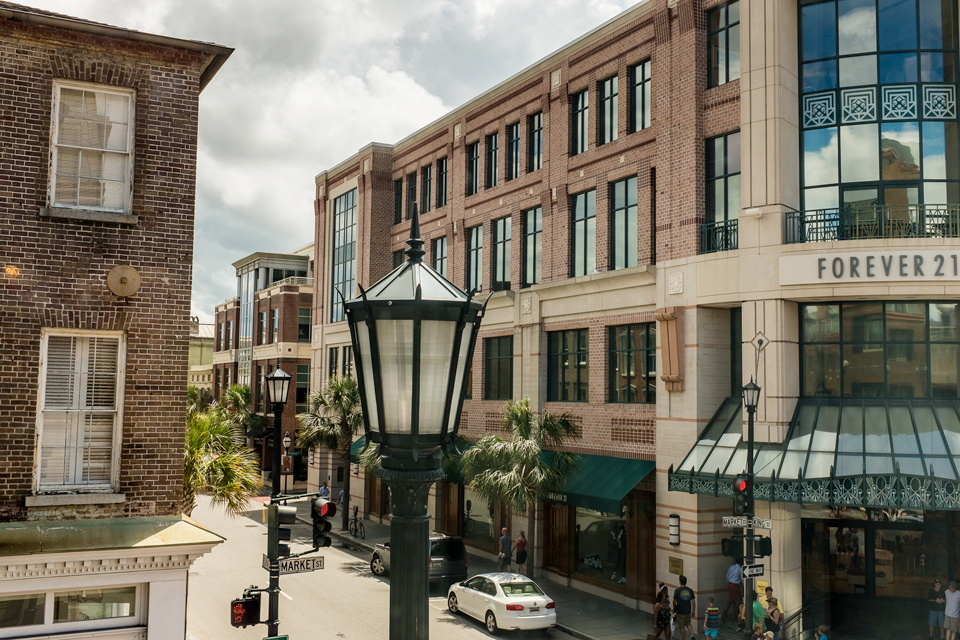Credit cards, payment processors, mobile card readers and cash—today’s customers use them all. Tech-savvy shoppers rely on a combination of channels, from mobile technology to e-commerce websites to in-store browsing, to make purchasing decisions.
In this age of omni-channel retailing, where bricks have been battling clicks for more than a decade, there is a clear winner.
“Take warnings that Amazon, eBay and other online and mobile commerce outlets could render brick-and-mortar retailers virtually obsolete with a heaping chunk of salt,” says one retail reporter in a recent Forbes article.
But we have been hearing these warnings for a while and we know that well-stocked aisles and convenient cash registers still play a critical role in most consumers’ daily buying habits. Recent stats reveal just how critical selecting the right store locations has become in clicks verses bricks competitions.
90% of all retail sales occur in-store
From teens to senior citizens, just 10% of shoppers prefer to buy online. The rest would rather make purchases at physical stores, evidenced by the fact that 90% of all retail sales are captured by brick-and-mortar merchants.
The A.T. Kearney survey behind these stats also revealed that 55% of consumers who do buy online choose brands with local shops over online-only sellers.
“The store plays a crucial role in online purchases, as two-thirds of customers purchasing online use a physical store before or after the transaction,” the report says. “In these cases, the store makes a significant contribution to converting the sale, even though the transaction is eventually registered online.”
88% of shoppers browse online to buy in-store
Even though many shoppers turn to smartphones and tablets for research, most still opt to make final purchases at nearby stores. An Accenture poll found this practice, called “webrooming,” to be a preferred shopping method for 88% of customers. Other studies have broken down similar findings even further: 75% of men and 63% of women browse products online before buying them in-store.
“Reverse-showrooming, or ‘webrooming,’ is shifting the opportunity back to the brick-and-mortar stores,” payment tech company Merchant Warehouse says.
Site Selection Tips Every Retailer Needs
With so many consumers opting to buy in-store, you’d think the mere presence of brick-and-mortar locations would guarantee success. But that’s rarely the case. Selecting profitable sites is a science that requires careful consideration of important factors:
Build accurate trade areas: Building accurate trade areas is the first critical step to finding successful retail locations.
Get precise cannibalization calculations: Retailers that know how each new store will be impacted by the proximity of existing locations stand a better chance of maximizing sales.
Use data to optimize in-store experiences: Using spatial data to guide important decisions such as merchandise mix and remodeling will ensure a greater return on investment.
Don’t be fooled by predictions that brick-and-mortar stores will someday be a thing of the past. Consumers love to feel, touch and try before they buy—and they can’t do that online!
Photo Credit: David Mandel

